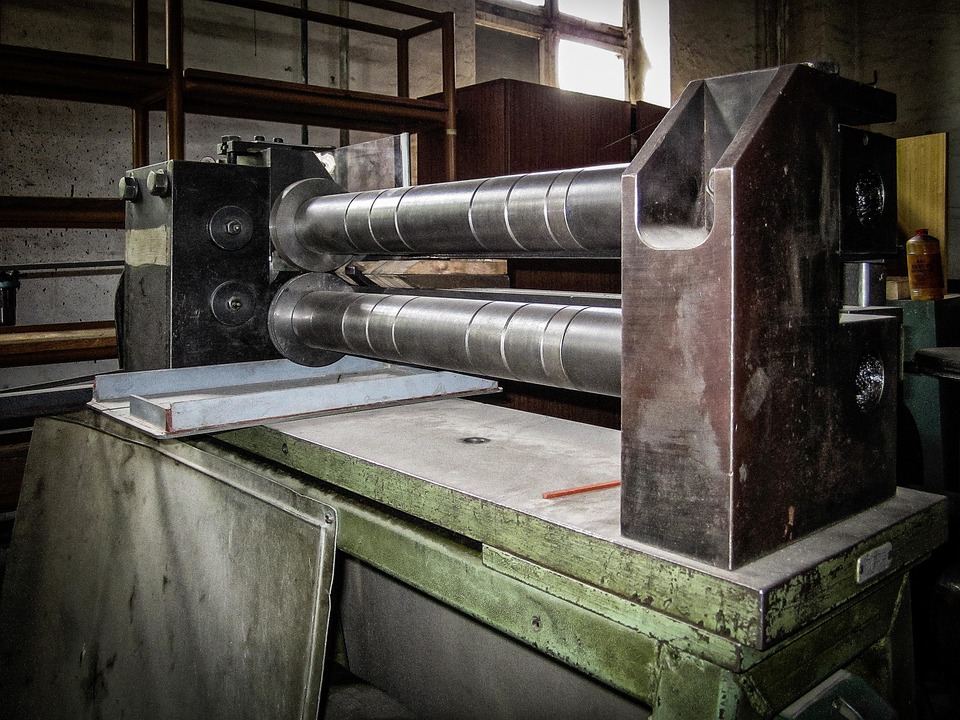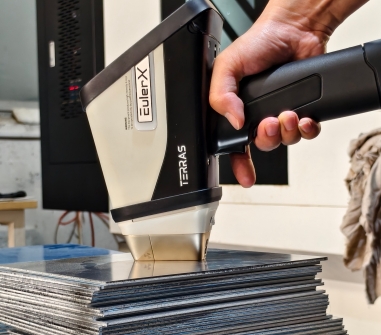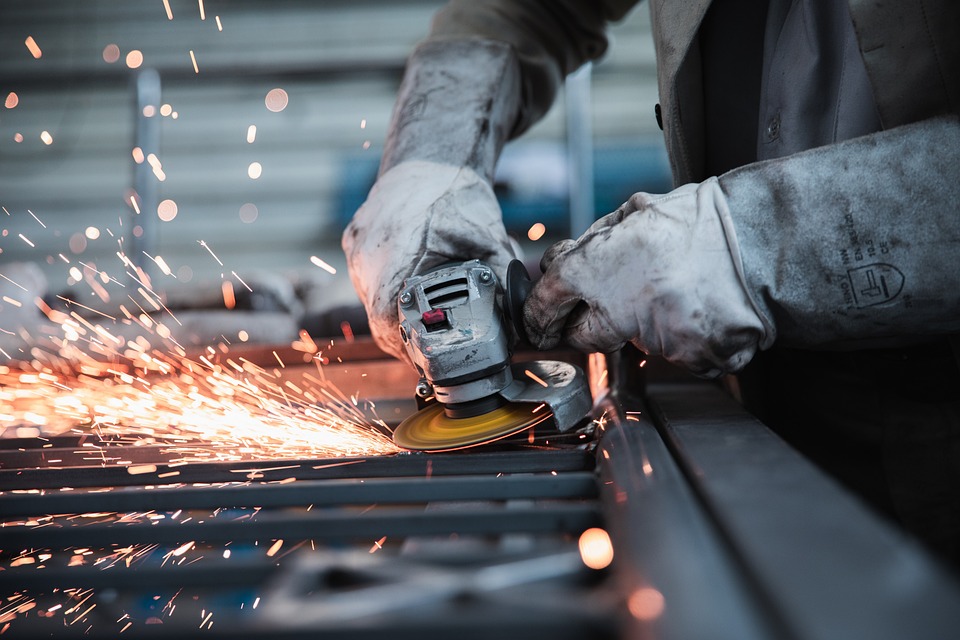
Alloy
A high-tech enterprise focusing on the development and application of X-ray technology products, committed to becoming a leading supplier of X-ray industrial testing solutions.
Exploring the Accuracy and Speed of XRF Alloy Testing Machines
In industries ranging from manufacturing and construction to recycling and metal processing, knowing the exact composition of metal alloys is crucial for ensuring product quality, safety, and compliance with standards. X-ray fluorescence (XRF) technology has become a vital tool for testing the alloy composition quickly and accurately. In this blog post, we will delve into how XRF alloy testing machines work, their speed and accuracy, and their advantages for businesses in various sectors.
What is XRF Alloy Testing?
XRF (X-ray fluorescence) is a non-destructive analytical technique used to determine the elemental composition of materials. It works by exposing a sample to X-rays, which causes the atoms in the material to emit secondary (or fluorescent) X-rays. These fluorescent X-rays are then measured to identify and quantify the elements present in the sample.

For alloy testing, XRF technology is particularly advantageous because it allows for rapid, on-site testing without the need for sample preparation or destruction. This is especially useful for industries that deal with large quantities of metal products or materials that require frequent and accurate testing.
Accuracy of XRF Alloy Testing Machines
One of the primary reasons XRF testing machines have gained popularity is their ability to provide accurate and reliable results. The accuracy of an XRF machine depends on several factors:
Calibration: XRF machines must be properly calibrated to ensure that the readings they provide are accurate. Calibration involves comparing the XRF machine’s readings with known standards and adjusting the machine to correct any discrepancies. High-quality XRF machines come pre-calibrated or can be calibrated regularly for optimal accuracy.
Sample Preparation: While XRF is a non-destructive method, the surface of the material must be clean and free from contaminants (such as oils, dirt, or coatings) to ensure accurate readings. Proper surface preparation plays a key role in the precision of the results.
Machine Quality: Different XRF machines have varying levels of sensitivity and resolution. High-end machines with advanced detectors and software can offer very precise readings, especially for complex alloys or materials that require detection of trace elements.
Elemental Range: XRF technology is highly effective at detecting a wide range of elements, including heavier metals like iron, copper, aluminum, and precious metals like gold and platinum. However, the detection limit may vary based on the element being tested and the machine’s specifications. Some advanced machines can detect even trace amounts of elements with exceptional accuracy.
Speed of XRF Alloy Testing
One of the standout features of XRF testing machines is their ability to provide rapid results, often in a matter of seconds to a few minutes. This makes XRF an excellent option for industries that require fast, on-the-spot testing, such as:
Recycling: Scrap metal dealers and recycling centers can use XRF machines to quickly determine the value of scrap materials. With fast results, businesses can optimize sorting and processing, improving efficiency and reducing costs.
Manufacturing: In manufacturing environments, XRF testing machines allow for continuous monitoring of alloy quality throughout the production process. This ensures that materials meet the required specifications before they are used in final products.
Field Testing: XRF machines are portable, making them ideal for on-site testing in industries such as construction, mining, and metal fabrication. Technicians can easily perform tests at remote locations without needing to send samples to a lab, saving time and money.
Quality Control: With the speed of XRF testing, companies can integrate real-time quality control into their processes. This reduces the time spent on sampling, testing, and waiting for results, ensuring that issues are caught early and rectified promptly.
Advantages of XRF Alloy Testing Machines
The accuracy and speed of XRF alloy testing machines offer numerous benefits to businesses in various sectors:
Non-Destructive Testing: XRF allows for testing without altering or damaging the sample, meaning it can be used for both valuable materials and critical components. This is especially important in industries like aerospace, automotive, and electronics.
Cost-Effective: Although the initial investment in an XRF machine can be significant, it ultimately saves money by reducing the need for laboratory tests, increasing production efficiency, and improving material yield. The ability to test materials on-site also eliminates the need for expensive and time-consuming external testing services.
Portability: Portable XRF machines are lightweight and easy to transport, allowing testing to be performed in the field or at remote locations where traditional testing methods may not be feasible.
Real-Time Results: With immediate results, operators can make quick decisions about materials, minimizing the risk of defects and ensuring production is in line with specifications.

Terras EulerX900 Handheld Alloy Analyzer
Wide Range of Applications: XRF machines are versatile and can be used to test a wide range of alloys and materials. From basic metals to complex alloys, XRF machines can handle various tests, making them valuable for industries such as recycling, scrap metal, manufacturing, and mining.
The EulerX 900 series handheld XRF analyzer delivers fast, precise metal analysis for quality control, scrap sorting, and PMI. Its advanced technology ensures lab-grade results in seconds, with no sample prep needed. Simple touchscreen operation makes it ideal for solids, liquids, and powders.
Conclusion
The combination of speed and accuracy makes XRF alloy testing machines an indispensable tool for businesses that require precise material composition analysis. Their ability to deliver quick, reliable, and non-destructive results makes them ideal for use in industries like recycling, manufacturing, and quality control. With the continued advancements in XRF technology, these machines are becoming more affordable, portable, and capable of analyzing even more complex materials with higher precision.
Join Us
Subscribe to our email list for updates & promotions.



